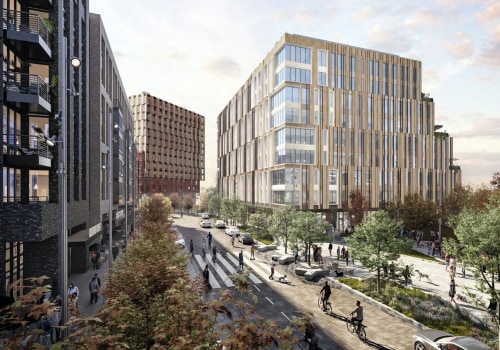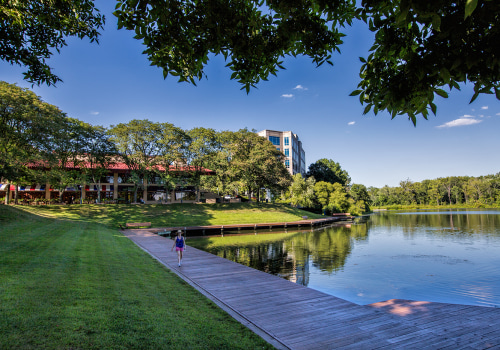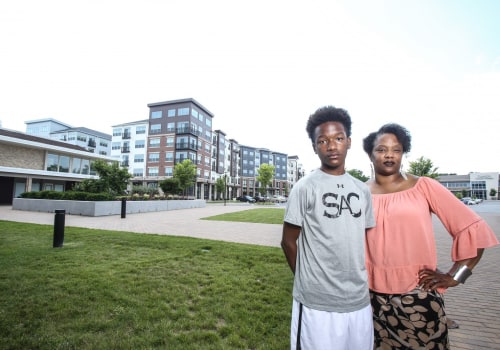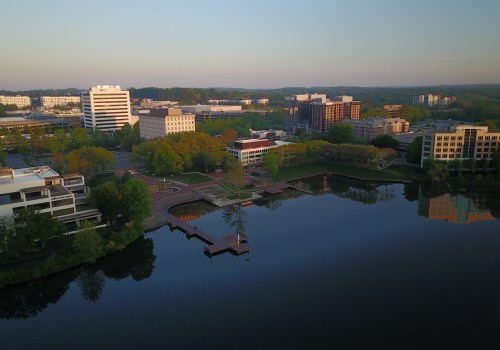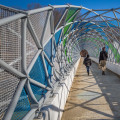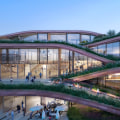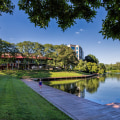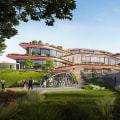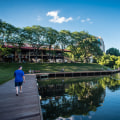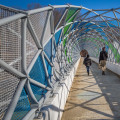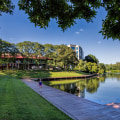Columbia, Maryland is a vibrant city located in central Maryland, situated 20 miles (32 km) southwest of Baltimore and 40 km (25 miles) northeast of Washington, D. C. It is home to a number of businesses and organizations, including the Columbia Gateway office park. In recent years, the city has been implementing a plan to transform into a lively district that meets the changing needs of tenants and their workers.
This article will explore how the public parks infrastructure of Columbia, Maryland has evolved over time. The city has invested in Geographic Information System (GIS) databases to help manage assets and track tasks and revenues. This allows for data-driven decision-making about future development and infrastructure repairs, based on important indicators such as return on investment and infrastructure age. Additionally, the city has several Maryland Transit Administration (MTA) routes that provide access to and from Washington and Baltimore; the MTA's Monday-Friday commuter bus service connects Columbia to the Washington Metro system. In 1969, two years after Columbia was founded, General Electric (GE) announced that it would open Appliance Park-East on the site of what is now the Columbia Gateway office park. The Army Corps of Engineers allowed user fees in the park system to be withheld for use in their facilities, for parks and recreational uses.
Columbia Gateway has also invested in public and community spaces as a low-cost, high-impact way to begin encouraging the district's innovation even before construction begins. The Mall in Columbia, located in Town Center, is a large regional mall with three main department stores (Nordstrom, Macy's and JCPenney), a multiplex cinema and more than 200 stores and restaurants. Meanwhile, the National Park Service (NPS) participates in partnerships in which external organizations assume some asset maintenance responsibilities or in which the NPS leases assets to other parties in exchange for the lessee to rehabilitation or maintenance of the asset. Howard Community College is located close to the city center, while the University of Phoenix, the American Career Institute, Lincoln School of Technology, Loyola University of Maryland, Baltimore County, Maryland University for Integrative Health and Johns Hopkins University have facilities on the east side of the city, in the Columbia Gateway Business Park. There are several other major shopping malls competing in East Columbia, such as the Dobbin Center shopping center, which opened in 1983; the big stores in Snowden Square in the rest of GE's industrial plant; the large Columbia Crossing I and II stores, which began in 1997; and Gateway Overlook. In addition to its original campus in Columbia, Howard Community College now has satellite campuses in Mount Airy, Laurel and East Columbia, in the Columbia Gateway Business Park. The development plans for downtown projects in the coming years will include details of that project, such as neighborhood design guidelines, environmental restoration, public services and infrastructure. The green infrastructure that is being implemented in parks across the country is also becoming more competitive in terms of costs with gray forms of infrastructure in certain contexts.
Despite their growing popularity, investment in parks is lagging behind, leading to the deterioration of bridges, trails, parking areas, drinking water systems and more. But what does this mean for tomorrow? Will Gateway continue to be able to retain and cultivate this center of employment and innovation in a landscape where its companies and workers demand a more dynamic urban environment? The answer to this question may lie in a planned transformation of the park that represents the spirit - if not necessarily the form - of Rouse's prospective vision for the area.
